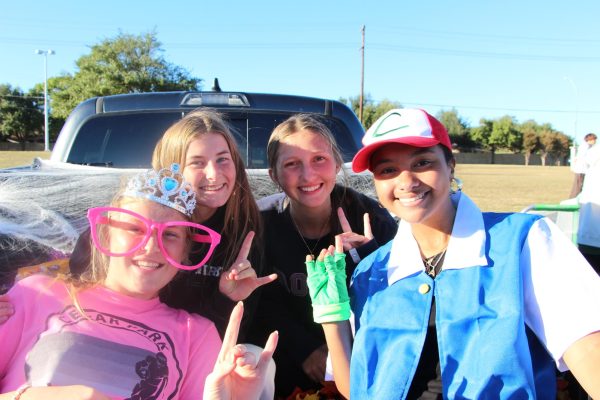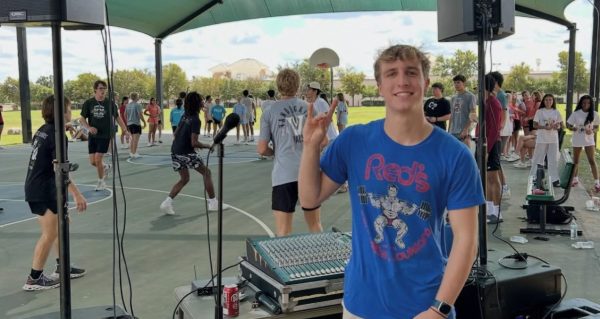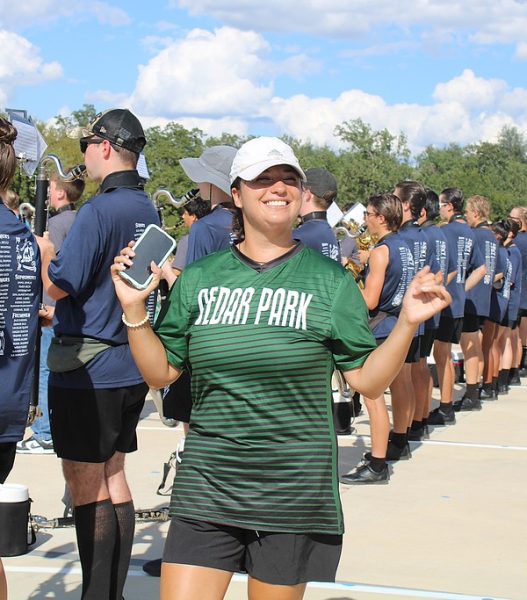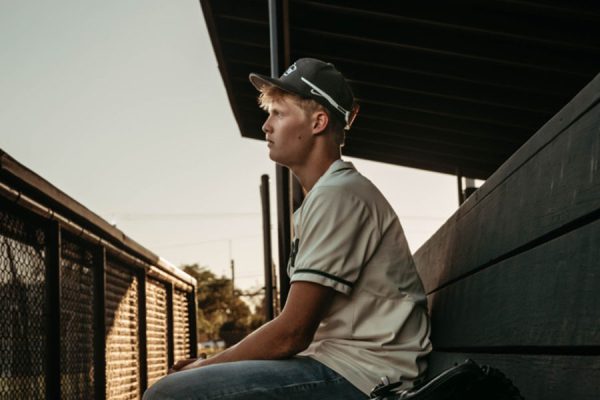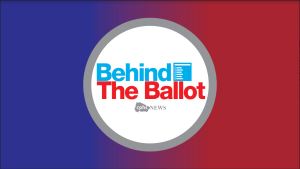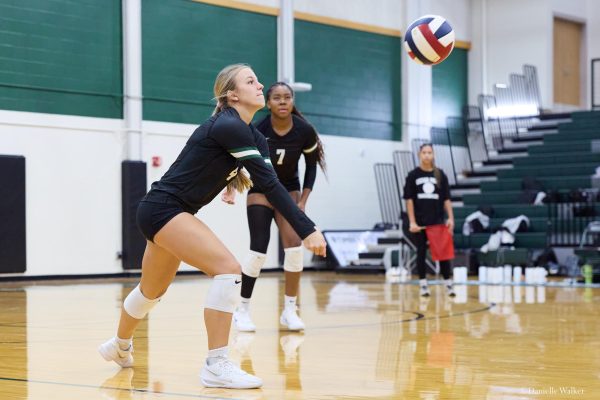The Shame of a Disease
The Stigma Surrounding COVID-19
Photo courtesy of Laszlo Gyarmati on Creative Commons
COVID-19 cases aren’t the only things that are increasing. The stigma surrounding the disease is also expanding, leading to discriminatory actions and even violence. This stigma causes division among society, something which is unnecessary at this moment. Therefore, it is important to address this stigma and learn to overcome it.
February 2, 2021
Even though 2020 is over, Coronavirus cases are still increasing globally, and rather rapidly. Death rates are also increasing, with more than 400,000 COVID-related deaths in the United States, according to the CDC Data Tracker. As a result, many people are getting infected by this disease as infection rates are fluctuating by state.
This has only gotten worse with the recent politicization of the disease. COVID-19 has become tainted with stigma on nearly all levels, from masks, to testing, to vaccines. Sympathy has been forgotten as a result of this, as COVID-19 infections have come to be associated with personal carelessness and/or politics.
Many factors can be considered as a part of this stigma, for example, anger towards the spread of the virus, anger at those who aren’t taking the suggested precautions, paranoia, etc. All of these are directed towards specific groups of people and can lead to unnecessary discriminatory action. According to the CDC, stigma and discrimination can happen when people associate a disease among other things with a specific population, group, or nationality. Having that said, demographics that this stigma is most directed towards:
Racial and ethnic groups such as Asian Americans, African Americans, Pacific Islanders, etc.
People who tested positive for COVID-19 and those who are in quarantine and recovering from it
Emergency responders and healthcare providers
Other frontline workers such as delivery drivers, grocery store clerks, etc.
People with disabilities or behavioral disorders
People with underlying health conditions
People living in congregate (group) settings
People of these demographics are subjected to discriminatory action because of their circumstances. There are varying opinions as to why these demographics are so affected by this. For example, someone might say Asian Americans spread COVID-19 in the first place or that people who tested positive are not being careful, etc. Either way, that is a form of discriminatory action against people of these groups. Other forms include:
People avoiding or rejecting them
Denial of education, employment, housing and even healthcare
Verbal and physical abuse
This sort of behavior and attitude is something people should avoid, especially during a global pandemic. The last thing people want is to get blamed or criticized. While it is easy to get carried away during these times, as we are all frustrated and dealing with problems of our own, further division is not the solution to this situation.
The group who is facing the most stigma and discrimination as of this moment is the people who have tested positive for COVID-19, and/or those who are recovering in quarantine. As cases continue to rise as of currently, people are getting infected at a faster rate. This means that people will get infected easily and more and more people will likely test positive for COVID-19. The common stigma/stereotype associated with this group of people is an unwillingness to follow safety guidelines, and this is an assumption that the public has resorted to. As a result, many are hesitant to admit that they have COVID-19 and/or that they are in quarantine for fear of being judged. This is not how people should feel, especially during a pandemic. Although it is easy to see why people would resort to such assumptions, COVID-19 is a disease after all. It shouldn’t be (and isn’t) a controversial topic in itself, or something to debate, even. It is a disease, and people can get affected by it in so many ways. Instead of creating and focusing on a stigma, people should support each other, and help one another. And it is not anyone’s fault for getting sick.
Another way to tackle this issue is to look at perspective. The whole story is unknown. It is possible to still get COVID-19 even after people have taken the necessary precautions to protect themselves. Also, many people don’t have a choice depending on their circumstances. Take frontline workers, for example. They have to constantly patrol hospitals and be there for patients who do get sick. The same goes for grocery store clerks, police, etc. who work to provide for the public while still trying to remain safe. For these reasons, cutting some slack for them would be nice. Either way, careful or not, nobody is at fault for getting COVID-19. It is a disease, and people should start seeing it that way. COVID-19 is a serious disease that affects so many people on various levels. Because of this, everything is changing for our society now, and will most likely remain like this for years to come. No one knows. For this reason, people should start supporting one another, being there for each other, and showing sympathy.
There are no limits when it comes to providing support for those people and communities that have been hit by COVID-19. According to SavetheChildren, here are some ways to help those who have been affected:
Follow state social distancing guidelines: If the state has issued a stay-at-home warning, or mandated masks or issued any other legislation regarding safety, it is best to understand and adhere to them very strictly. Especially if someone is in a COVID-19 risk area, or know people who have been affected by it. This is one of the most effective and best ways to show support.
Check on friends and family: In addition to practicing social distancing, it is also best to contact friends, family, relatives, etc. This will also be a good way to show support and show that you care.
Take care of yourself and others: This is probably the most important tip to take from this. It is best to be alert and careful regarding social decisions and what you are deciding to do. Being safe and preventing this is better to keep in mind from the beginning.
COVID-19 has become more notorious for its social stigma rather than the health risks it poses. Furthermore, everyone has their problems to deal with along with this pandemic, so people should be more understanding of that. And either way, careful or not, nobody is at fault for getting COVID-19. It is a disease, and people should start seeing it that way. What matters is trying to stay safe as much as possible.

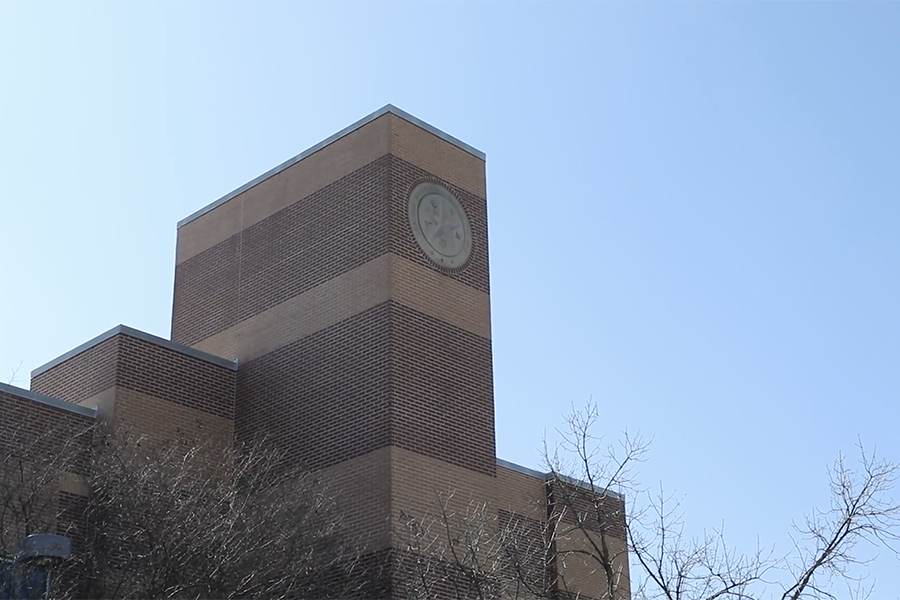
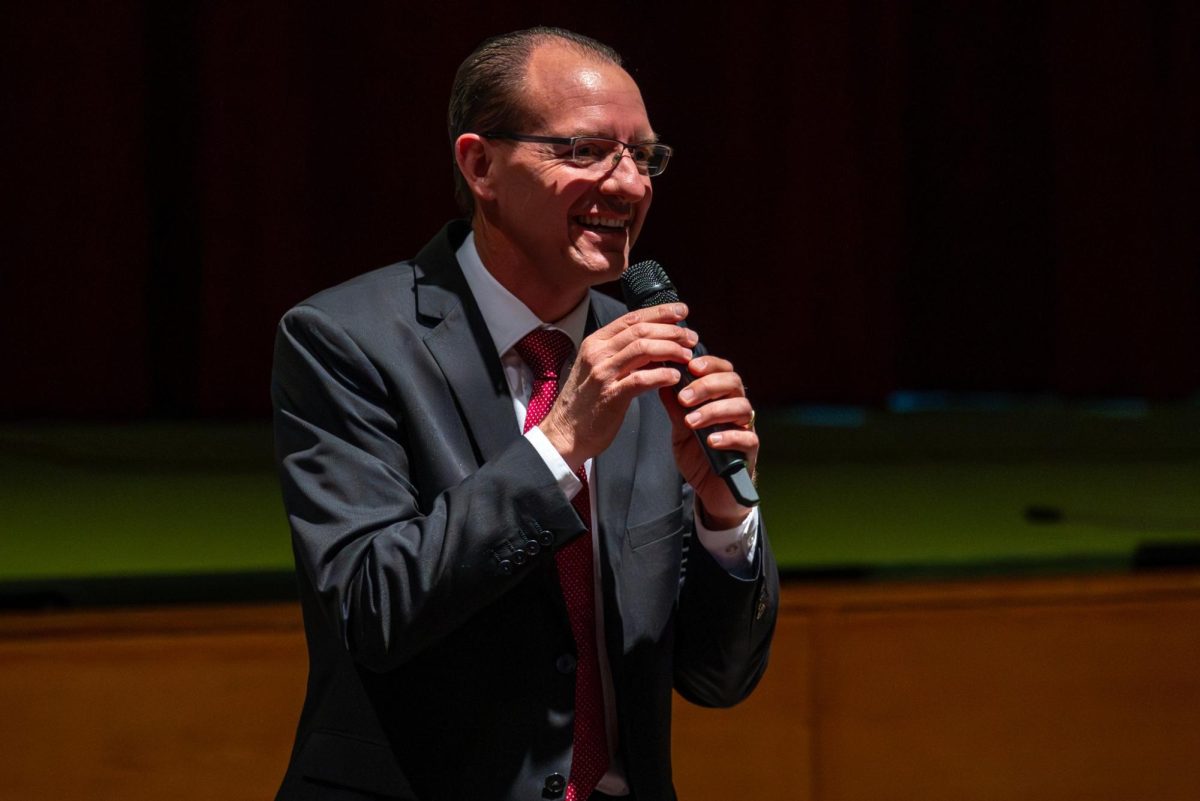
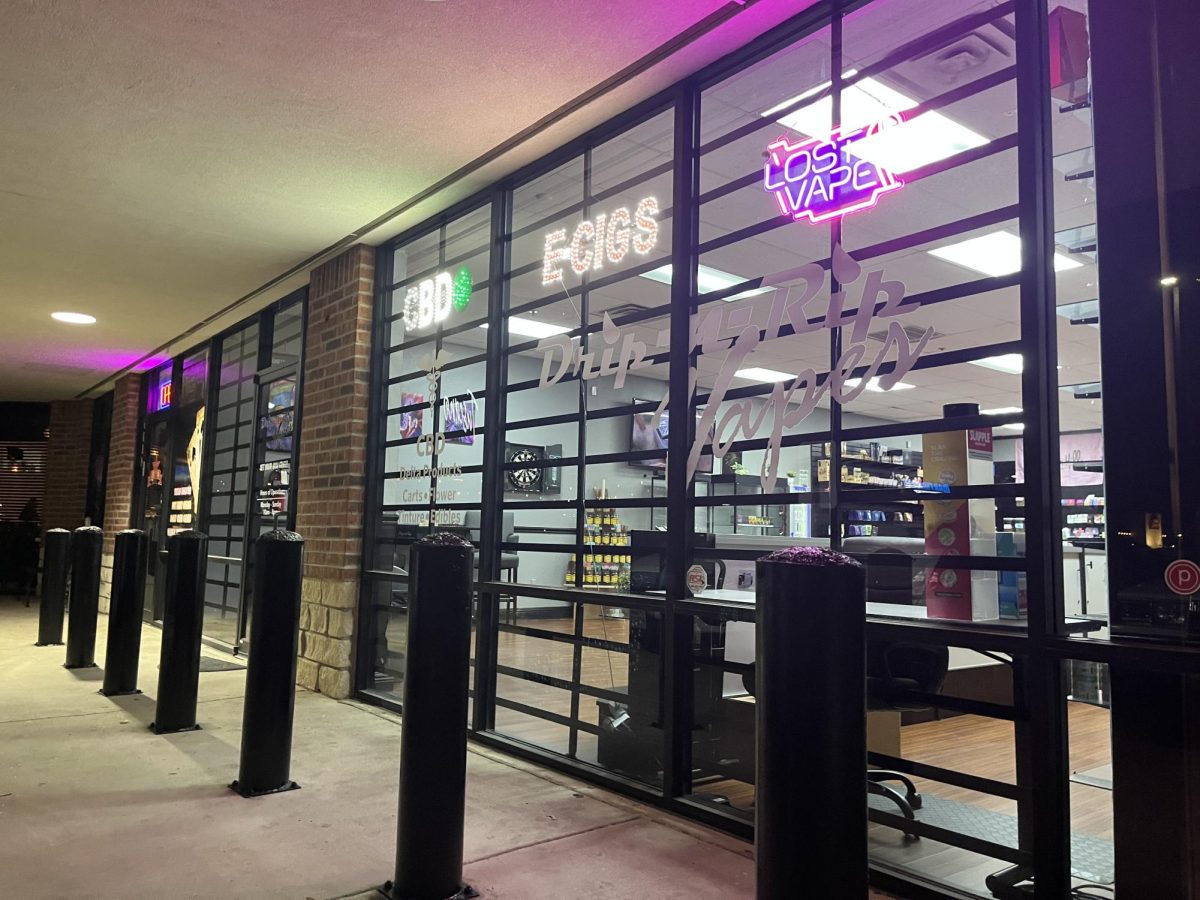

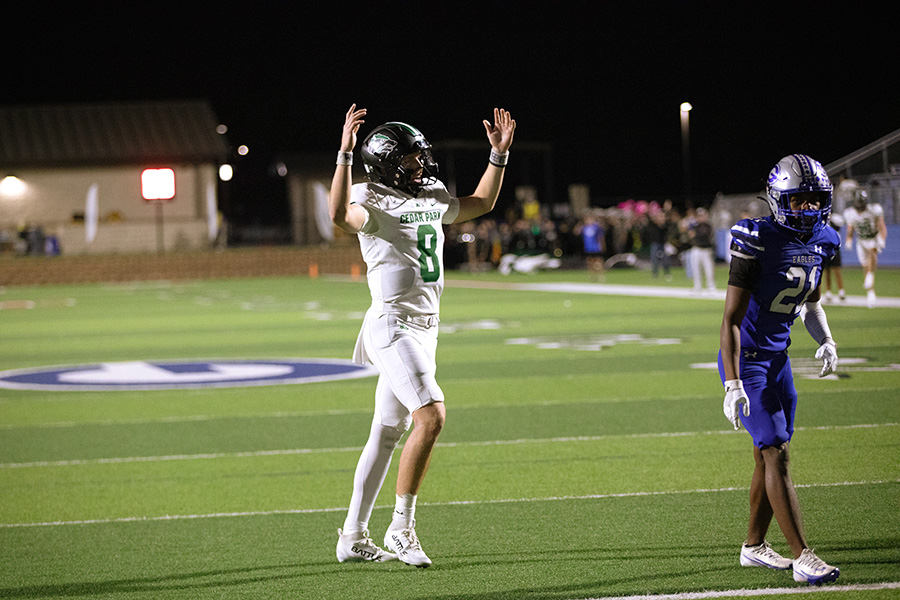
![Senior Jett Mckinney stores all the clothes in his own room, with half of it stored in his closet along with his personal clothes, and the rest taking up space in his room.
“There’s been times [when] there’s so much clothing stored here and it gets overwhelming, so I end up having to sleep somewhere else in the house,” Mckinney said.](https://cphswolfpack.com/wp-content/uploads/2025/11/DSC_0951-1200x800.jpg)
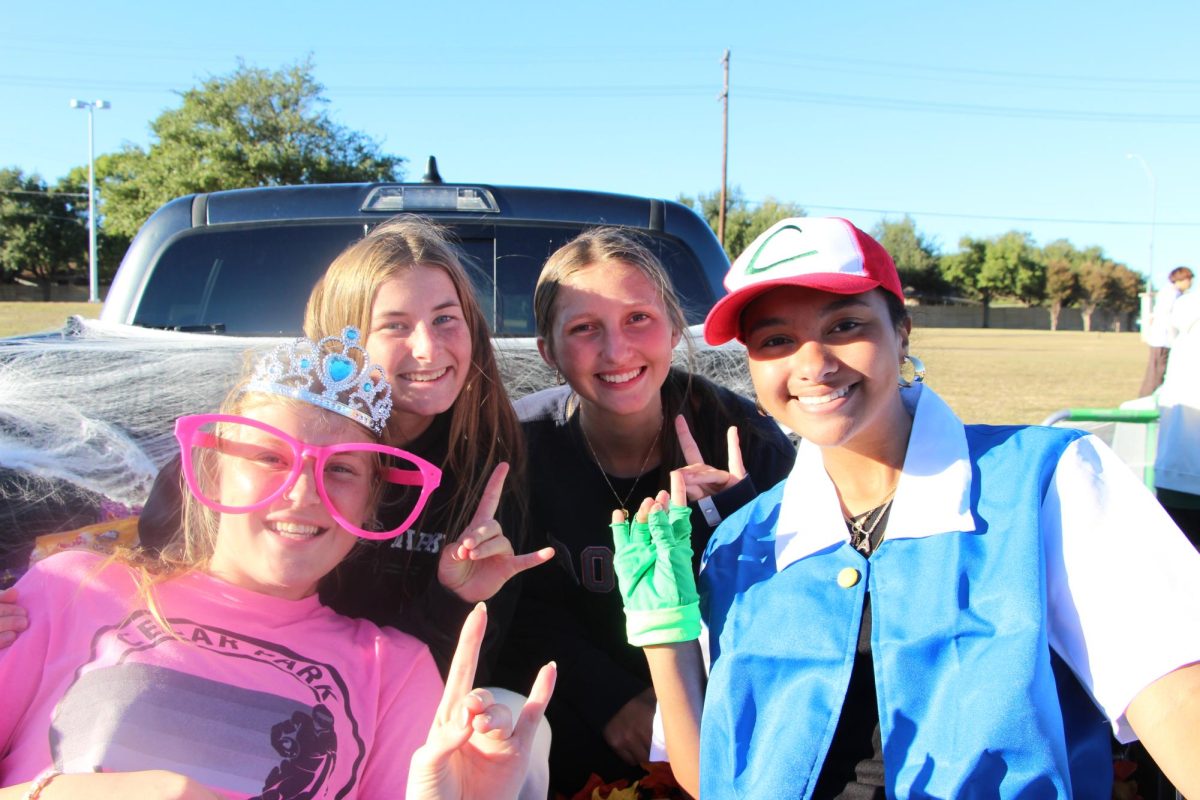
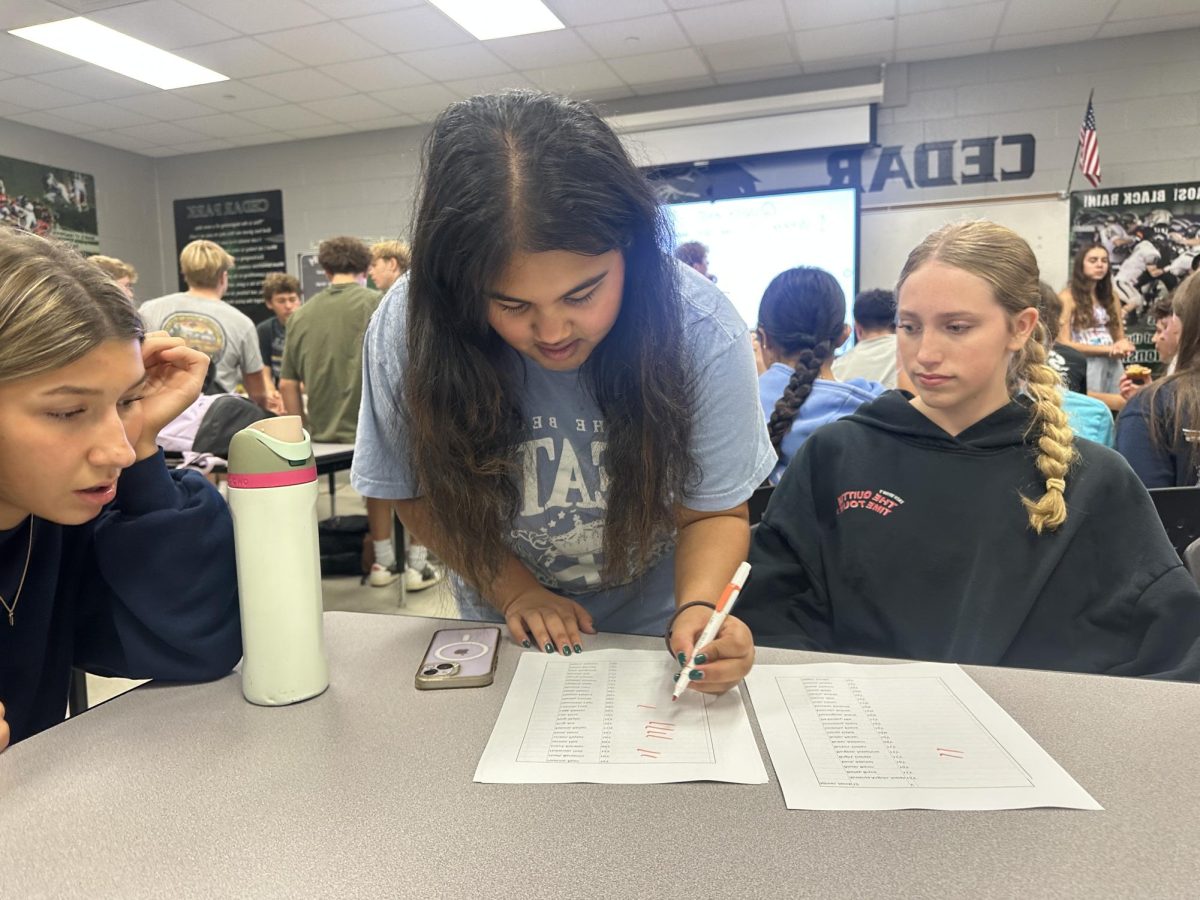

![Broadcast, yearbook and newspaper combined for 66 Interscholastic League Press Conference awards this year. Yearbook won 43, newspaper won 14 and broadcast took home nine. “I think [the ILPC awards] are a great way to give the kids some acknowledgement for all of their hard work,” newspaper and yearbook adviser Paige Hert said. “They typically spend the year covering everyone else’s big moments, so it’s really cool for them to be celebrated so many times and in so many different ways.”](https://cphswolfpack.com/wp-content/uploads/2025/05/edited-ILPC.jpg)

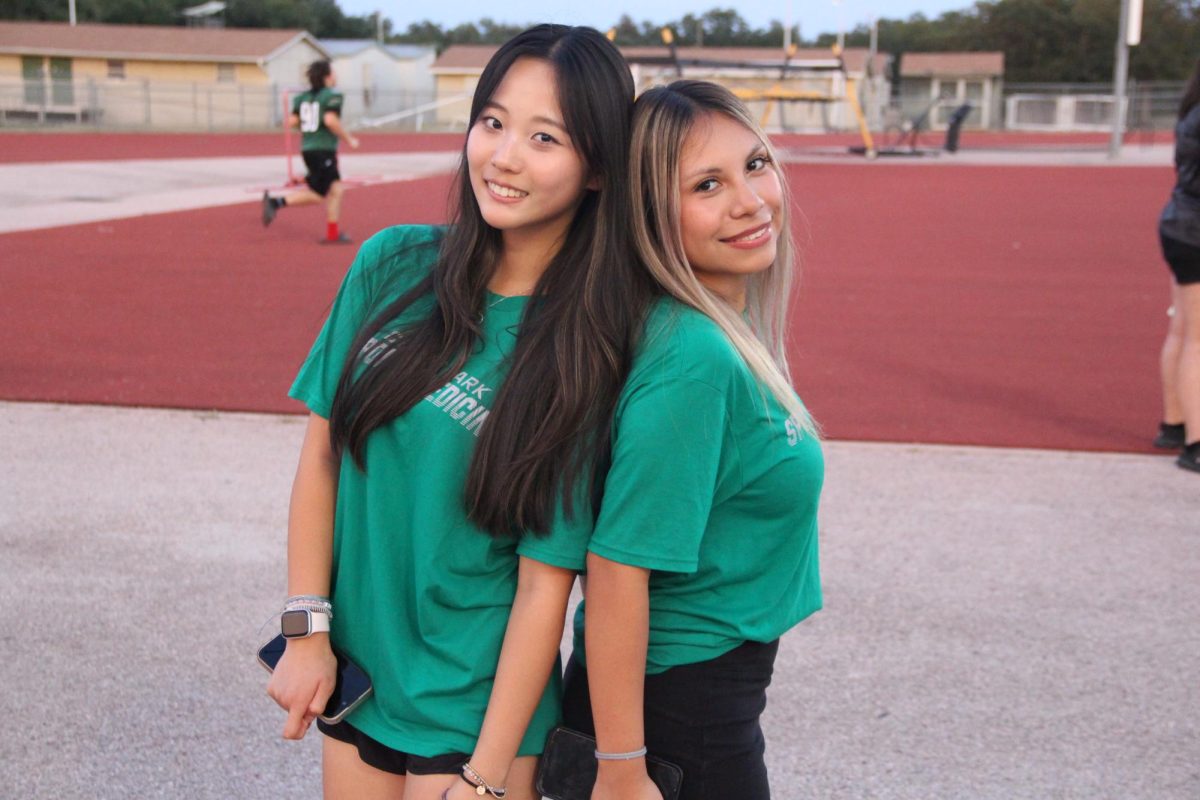


![Looking down at his racket, junior Hasun Nguyen hits the green tennis ball. Hasun has played tennis since he was 9 years old, and he is on the varsity team. "I feel like it’s not really appreciated in America as much, but [tennis] is a really competitive and mentally challenging sport,” Nguyen said. “I’m really level-headed and can keep my cool during a match, and that helps me play a bit better under pressure.” Photo by Kyra Cox](https://cphswolfpack.com/wp-content/uploads/2025/09/hasun.jpg)

![Bringing her arm over her head and taking a quick breath, junior Lauren Lucas swims the final laps of the 500 freestyle at the regionals swimming competition on date. Lucas broke the school’s 18-year-old record for the 500 freestyle at regionals and again at state with a time of 4:58.63. “I’d had my eye on that 500 record since my freshman year, so I was really excited to see if I could get it at regionals or districts,” Lucas said. “ State is always a really fun experience and medaling for the first time was really great. It was a very very tight race, [so] I was a bit surprised [that I medaled]. [There were] a lot of fast girls at the meet in general, [and] it was like a dogfight back and forth, back and forth.” Photo by Kaydence Wilkinson](https://cphswolfpack.com/wp-content/uploads/2025/03/Kaydence-2.7-23-edit-2.jpg)
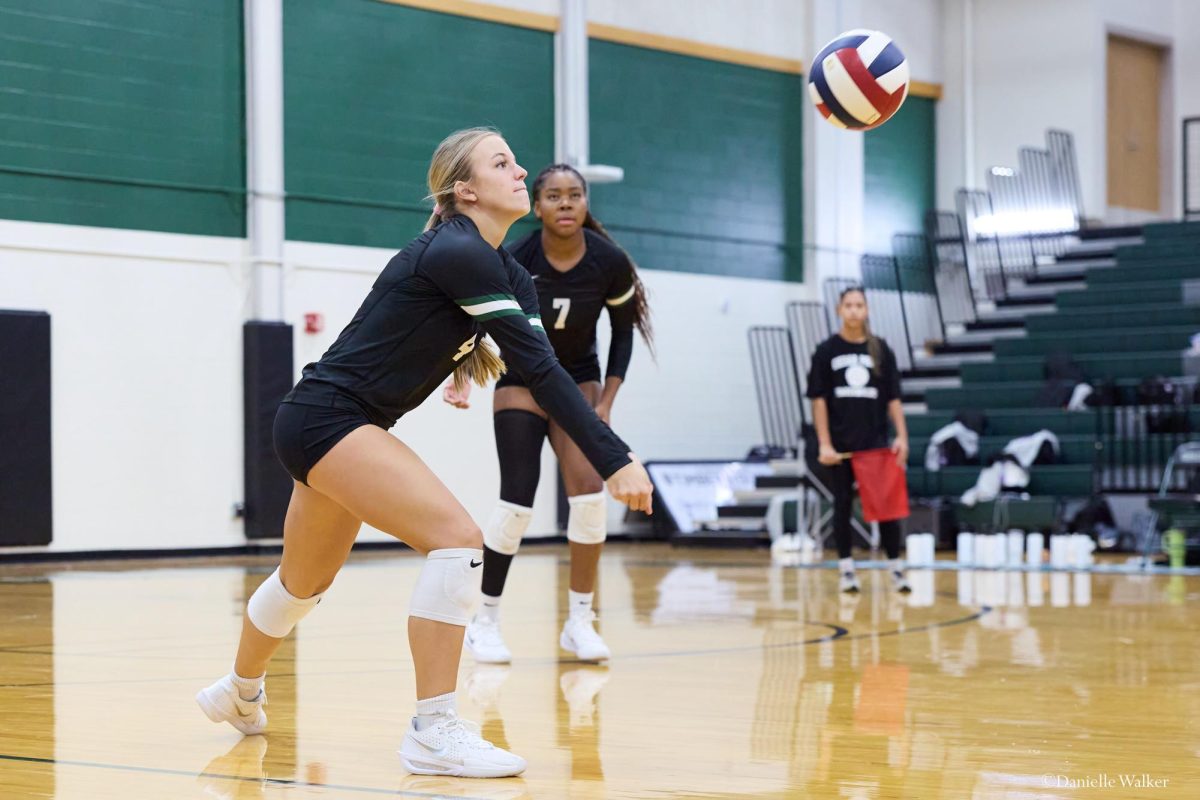
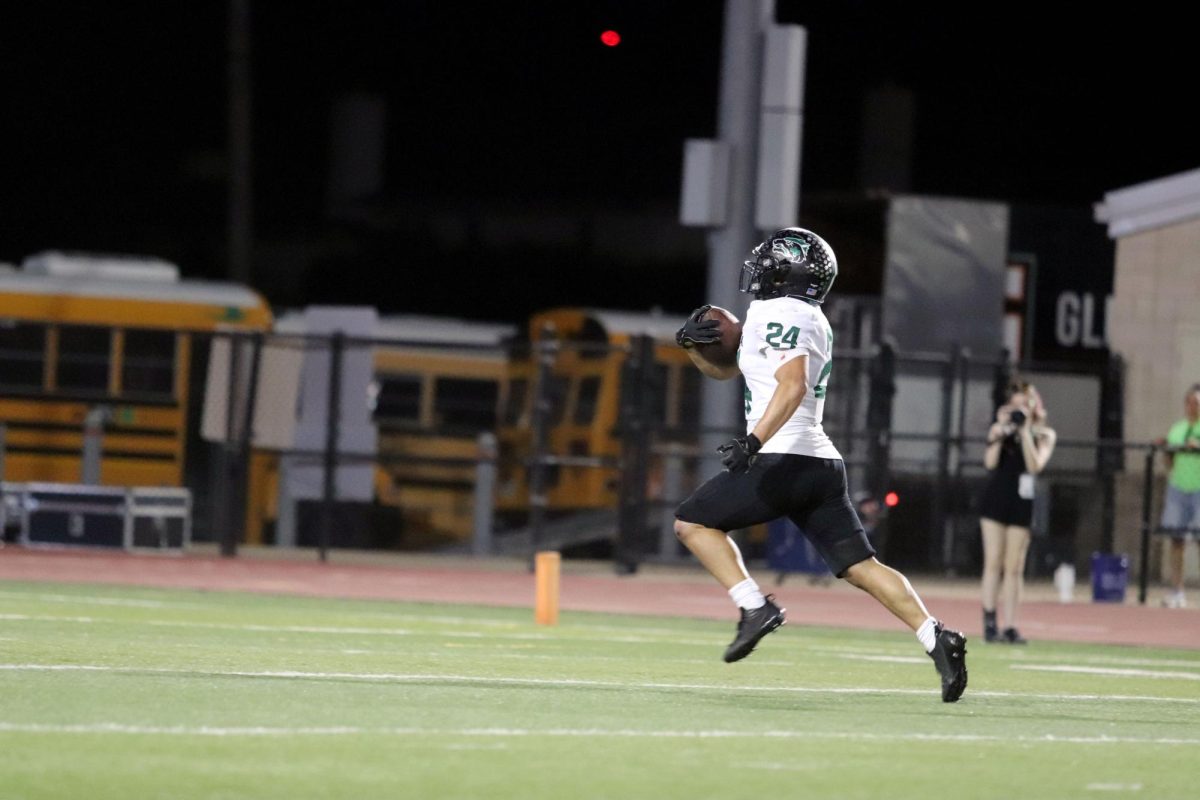
![As her hair blows in the wind, senior Brianna Grandow runs the varsity girls 5K at the cross country district meet last Thursday. Grandow finished fourth in the event and led the varsity girls to regionals with a third place placement as a team. “I’m very excited [to go to regionals],” Grandow said. “I’m excited to race in Corpus Christi, and we get to go to the beach, so that’s really awesome.” Photo by Addison Bruce](https://cphswolfpack.com/wp-content/uploads/2025/10/brianna.jpg)



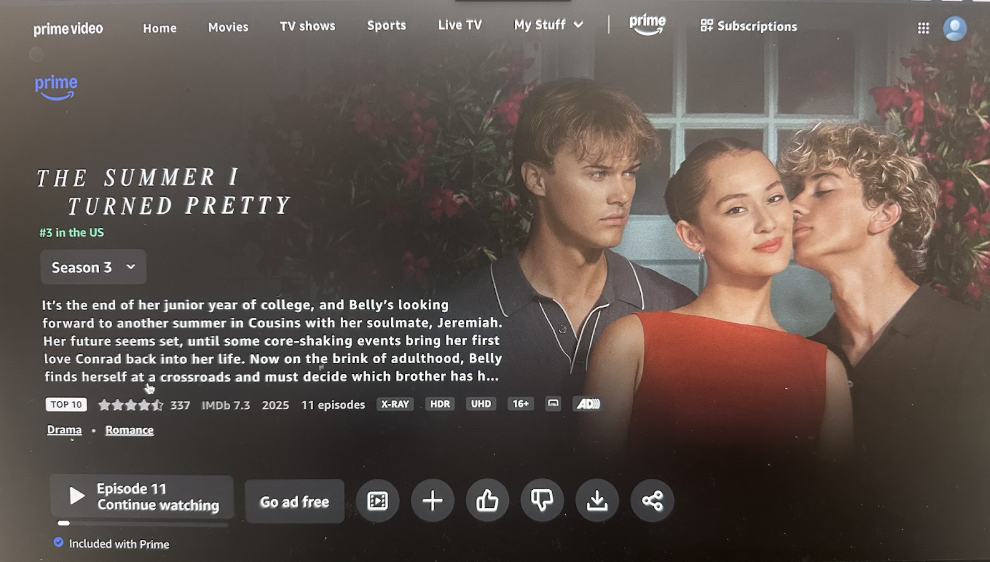













![Holding a microphone, baseball booster club president Chris Cuevas announces the beginning of the annual cornhole tournament. The event has been held for the past two years and is designed to raise money for the baseball program in a fun way. “We’re a baseball team, so people love to compete,” Cuevas said. “So we figured we better do something that gets [their] attention. They want to compete. It’s not a hard sport to do, and we have all different [skill] levels [of participants].” Photo by Henry Mueller](https://cphswolfpack.com/wp-content/uploads/2025/11/Henry-715-1200x900.jpg)
